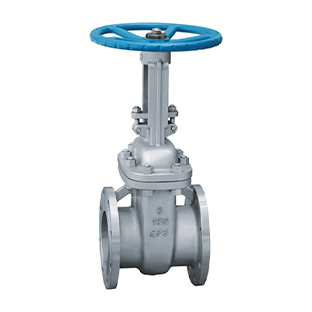Exploring Various Designs of Bellows Expansion Joints for Enhanced Flexibility and Performance
Types of Bellows Expansion Joints
Bellows expansion joints are critical components used in piping systems to absorb thermal expansion, vibrations, and misalignment. These flexible devices are typically made from materials such as stainless steel, rubber, or PTFE, allowing them to accommodate movement in multiple planes. Understanding the different types of bellows expansion joints can help engineers and designers utilize them effectively in various applications.
1. Axial Expansion Joints
Axial expansion joints are designed to absorb thermal expansion along the axis of the pipe. These joints allow for linear movement, which is particularly useful in long pipelines subjected to temperature fluctuations. The design of axial joints features a simple cylindrical shape with a bellows configuration that can compress or extend as needed. They are widely used in applications involving steam, hot water, and gas transport.
2. Lateral Expansion Joints
Lateral expansion joints allow for lateral movement, which is perpendicular to the axis of the pipe. This type of joint is beneficial in situations where piping systems are exposed to wind loads or other external forces that may cause sideways movement. Lateral expansion joints, often made with a concertina or zigzag shape, can handle angular movement in various directions, ensuring the integrity and longevity of the pipeline.
Angular expansion joints are designed to accommodate angular displacement. These expansion joints can pivot at an angle, making them suitable for systems where pipes are connected at varying angles. This type of expansion joint is essential in complex piping arrangements or HVAC systems where space constraints necessitate angular connections. The angular movement helps prevent stress on the pipeline and facilitates proper thermal expansion.
types of bellows expansion joints

4. Multi-axis Expansion Joints
For applications requiring the ability to move in multiple planes simultaneously, multi-axis expansion joints are the ideal choice. These joints can absorb axial, lateral, and angular movements, making them extremely versatile. Their design typically involves multiple convolutions that allow them to flex in several directions without compromising the system's integrity. Multi-axis joints are commonly found in challenging environments such as refineries and petrochemical facilities.
5. Rubber Expansion Joints
Rubber expansion joints are a flexible alternative to metallic bellows joints, offering excellent vibration dampening and noise reduction capabilities. They are often used in plumbing, HVAC, and industrial piping systems. While rubber joints can handle some thermal expansion and lateral movement, they are typically limited compared to their metallic counterparts. However, their lightweight nature and cost-effectiveness make them an attractive option for specific applications.
6. Metallic Expansion Joints
Metallic expansion joints, typically made from stainless steel or other alloys, provide high durability and resistance to extreme temperatures and pressures. These joints can handle significant thermal movement and are used in demanding applications such as chemical processing, power generation, and oil and gas transportation. The choice of material and construction method plays a crucial role in the performance and lifespan of metallic expansion joints.
Conclusion
In summary, bellows expansion joints are essential components in ensuring the reliability and efficiency of piping systems across various industries. Each type of bellows expansion joint is designed to accommodate specific types of movements, including axial, lateral, and angular displacement. Understanding these various types and their applications allows engineers to make informed decisions, ensuring the safety and longevity of the piping infrastructure. As technology advances, ongoing innovations in materials and design will likely enhance the performance capabilities of bellows expansion joints, further solidifying their role in modern engineering applications.
-
The Key to Fluid Control: Exploring the Advantages of Ball Valves in Industrial SystemsNewsJul.09,2025
-
The Versatile World of 1, 2, and 3 Piece Ball ValvesNewsJul.09,2025
-
Stainless Steel Ball Valves: The Ideal Choice for Efficient Flow ControlNewsJul.09,2025
-
Optimizing Fluid Control with Ball Float ValvesNewsJul.09,2025
-
Manual Gate Valves: Essential for Control and EfficiencyNewsJul.09,2025
-
Everything You Need to Know About Butterfly ValvesNewsJul.09,2025
-
The Versatility of Wafer Type Butterfly ValvesNewsJul.08,2025




